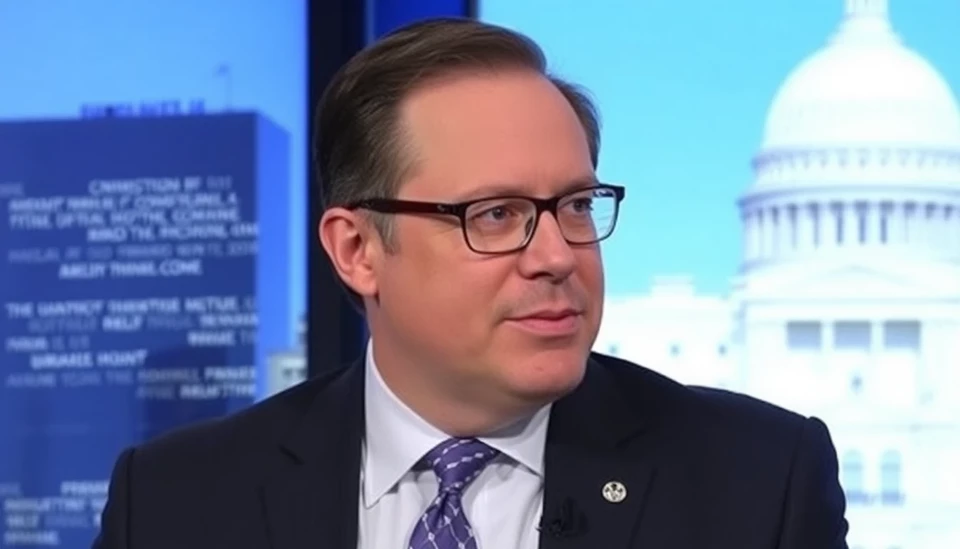
In a recent opinion piece, hedge fund manager David Bessent expressed his belief that banks will find a way to protect their treasury holdings, suggesting that they possess the necessary tools and strategies to weather economic storms. However, this perspective lacks the essential understanding of the complexities involved in the banking system and the broader economic landscape that influences it. As the financial world navigates a dramatically changing environment, it’s crucial to explore why Bessent’s assertions may be overly optimistic.
Bessent argues that banks are in a unique position to leverage their vast resources, claiming they can simply convert their holdings into cash when the situation demands. While it is true that banks have liquidity mechanisms at their disposal, this perspective oversimplifies the intricacies of the treasury market and the risks that banks face. The treasury bonds, often considered safe assets, can, in certain scenarios, become liabilities under pressure, especially if interest rates rise sharply or if economic conditions deteriorate unexpectedly.
The fundamental issue at hand is how banks manage their balance sheets. Bessent seems to overlook the reality that when the market experiences volatility, even the most stable of assets can come under scrutiny. Interest rate fluctuations and geopolitical events are unpredictable and can lead to a swift reassessment of asset values. The banks’ strategy of relying solely on their current holdings could lead to dire consequences if they fail to diversify their portfolio and actively manage risks.
Moreover, the current economic landscape is marked by uncertainty. The policies adopted by federal authorities in response to inflation, rising interest rates, and global economic tensions are only making the situation more precarious. The pressures of capital requirements, alongside the expectation to optimize profitability, may push banks to prioritize short-term gains over the long-term safety of treasury investments. This potential conflict could leave them exposed during periods of financial distress.
Critics of Bessent's viewpoint warn that by placing too much faith in the banks’ ability to navigate challenges, it undermines the risks that financial institutions are inherently subjected to. Historical precedents show that overconfidence in asset liquidity can lead to massive sell-offs, drastically impacting the financial system’s stability. Bessent's assertion that banks will always mitigate risks effectively ignores the lessons learned from past economic crises, where complacency often preceded disaster.
Ultimately, the future of treasury holdings in the banking sector is uncertain, heavily dependent on a variety of factors both internally within the banking institutions and externally across the global economy. Rather than assuming that banks will successfully shelter their treasury positions, analysts suggest a more cautious approach that prioritizes risk management and diversification.
In conclusion, while Bessent's optimism reflects a desire for stability in the banking sector, it is essential to remain vigilant and recognize the vulnerabilities that persist in financial markets. Blind faith in capacity to handle adversity may leave banks, and by extension the economy, vulnerable to the same shocks they are presumed to evade.
#Bessent #BankingSector #TreasuryHoldings #FinancialAnalysis #MarketVolatility #RiskManagement #Economy
Author: Laura Mitchell




